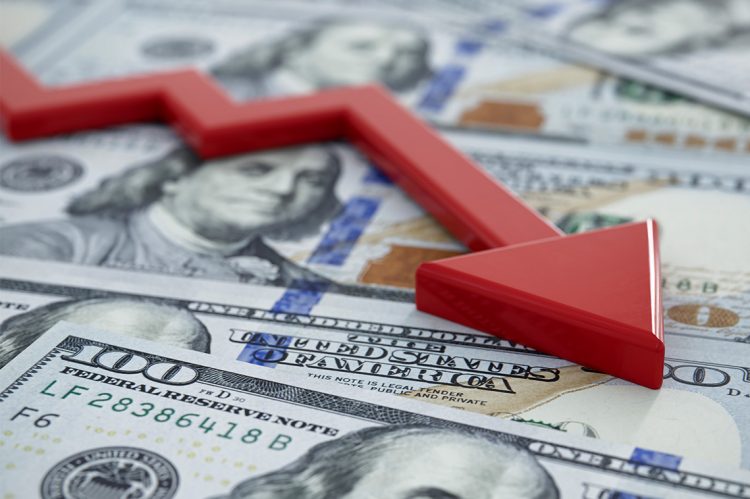The latest Consumer Price Index (CPI) released this morning showed inflation hitting its lowest level in over two years at 4%, providing powerful evidence that the economy is on the right track just as the Federal Reserve meets to make its next rate hike decision.
Coming in lower than many expected, the CPI reading for May gives ammo to many in real estate (and other industries) who have urged the Fed to pause its 14-month campaign of rate hikes for fear of overcorrecting and damaging the economy. The central bank is scheduled to release its decision tomorrow afternoon.
“This is the most closely-watched inflation report in more than a year as the Federal Reserve gets set to meet,” said Dr. Lisa Sturtevant, Bright MLS chief economist, in a statement. “Even though inflation has not hit the 2% target sought by the Fed, the central bank could decide to forgo a rate increase this month if…members decide that the outlook for further progress on inflation looks promising.”
Dr. Lawrence Yun, chief economist for the National Association of REALTORS® (NAR), pointed out that this is also the first time in two years that wage growth outpaced inflation, providing much-needed relief for working families.
“Moreover, low inflation means that the Federal Reserve should stop raising interest rates and possibly slash rates towards the year-end or early next year,” Yun said in a statement.
After moderating somewhat to start the year, mortgage rates are on the rise against a backdrop of banking turmoil and some concerns that inflation was not slowing as quickly as expected. A resilient labor market and a relatively quick housing rebound have also stoked fears that the Fed may choose to bring more pain to get inflation under control.
The latest CPI report tracked increases in shelter, as well as food and used cars, meaning some price pressures remain—though Fed chair Jerome Powell has said he believes shelter costs are already falling. Core inflation, which excludes more volatile food and energy costs, was roughly flat from the previous month at 5.3%.
“Housing is one of the largest components of the Consumer Price Index. It also contributes to the CPI with a lag, as changing housing costs are reflected in the inflation data as new leases and home sales activity make their way into the calculations,” explained Sturtevant.
All eyes are now on the Fed decision, after members expressed differing viewpoints on the need for or likelihood of a pause—which would be the first time since January 2022 that the Federal Open Market Committee (FOMC) met without raising rates.
Sturtevant said she is not confident that even this positive data is enough to guarantee the bank skips a rate hike tomorrow—ironically, at least partially due to the strength of the housing market.
“(T)he housing market continues to show signs of resiliency and prices may have bottomed out across much of the country,” Sturtevant said. “Expectations are still for the Fed to refrain from raising rates again this month, but the May inflation data and the data on home prices and rents could lead them to deliberate a June rate hike.”
Another rate hike would likely worry investors and potentially keep mortgage rates elevated for longer—though Yun said the underlying economic indicators point to mortgage rate relief in the somewhat near future.
“The yield on the 10-year Treasury is responding positively with a rate decline to 3.7%. That normally means the 30-year mortgage rate is around 5.5% to 5.7%. Of course, we know the mortgage rates have been near 7% recently, but the potential for a decline is real as we progress through the year,” he said.












